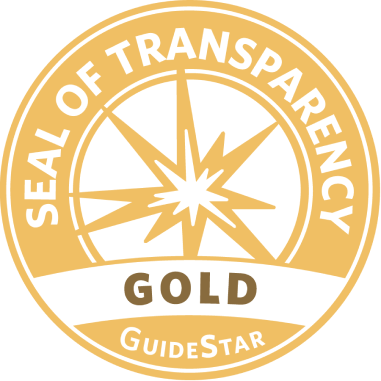For many women in Iran and Afghanistan, trauma is a silent burden. Whether caused by violence, loss, or oppression, these painful experiences often remain locked inside, with no safe space to express them. At the Omid Foundation, we have seen firsthand how unspoken pain can weigh on the mind and body, making healing seem impossible. But one simple, powerful tool has helped many women on their journey to recovery: journaling.
Writing is more than just putting words on paper—it is a way to process emotions, gain clarity, and reclaim one’s story. Journaling can be a private sanctuary, a safe space where women can express their thoughts without fear, judgment, or consequence.
The Science Behind Journaling and Healing
Numerous studies show that journaling has significant mental health benefits. Writing about emotions helps process trauma by organizing thoughts and reducing the intensity of painful memories.
Some key benefits of journaling include:
- Reducing Anxiety and Depression: Writing about worries and fears can help clear the mind and lessen their emotional impact.
- Processing Trauma: Journaling allows women to explore their emotions at their own pace, making it easier to understand and work through their pain.
- Regaining a Sense of Control: Trauma can make survivors feel powerless. Writing helps them reclaim their voice and their narrative.
- Improving Emotional Regulation: By putting feelings into words, women can better understand their emotions and respond to them in healthier ways.
For those who struggle to talk about their trauma, journaling offers a gentle, private way to release emotions without needing to say them out loud.
Different Ways to Use Journaling for Healing
At the Omid Foundation, we encourage women to explore different forms of journaling to find what works best for them. Here are a few approaches that have been particularly effective:
1. Free Writing
This method involves writing without any rules or structure. Women can simply let their thoughts flow onto the page without worrying about grammar or making sense. The goal is to release emotions and express whatever is on their mind.
2. Gratitude Journaling
Writing about things they are grateful for—no matter how small—can help shift focus from pain to hope. This practice has been shown to improve mood and resilience over time.
3. Letter Writing
Women can write letters to themselves, to loved ones, or even to their past or future selves. These letters help process emotions and offer a form of self-compassion.
4. Guided Prompts
For those who don’t know where to start, guided prompts can be helpful. Some examples include:
- What is something I need to let go of?
- What would I say to my younger self?
- What gives me strength in difficult times?
Reclaiming the Narrative Through Writing
For women who have lived in silence, journaling is an act of defiance and empowerment. It is a way to take control of their stories, to honor their experiences, and to begin healing at their own pace.
At the Omid Foundation, we believe that writing can be a path to freedom—a quiet but powerful way to heal from trauma and rediscover hope. No matter how painful the past, every woman deserves the chance to write a new chapter for herself.

